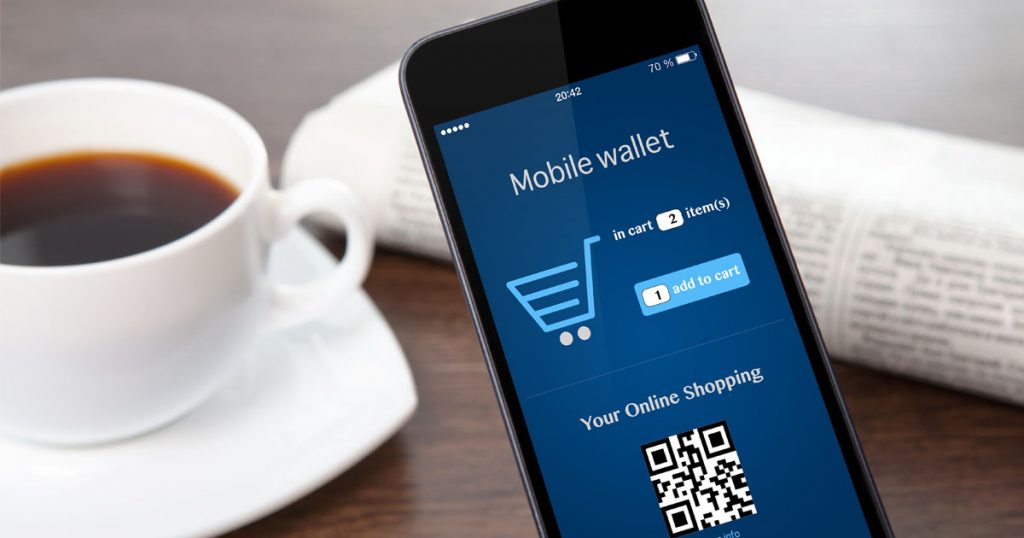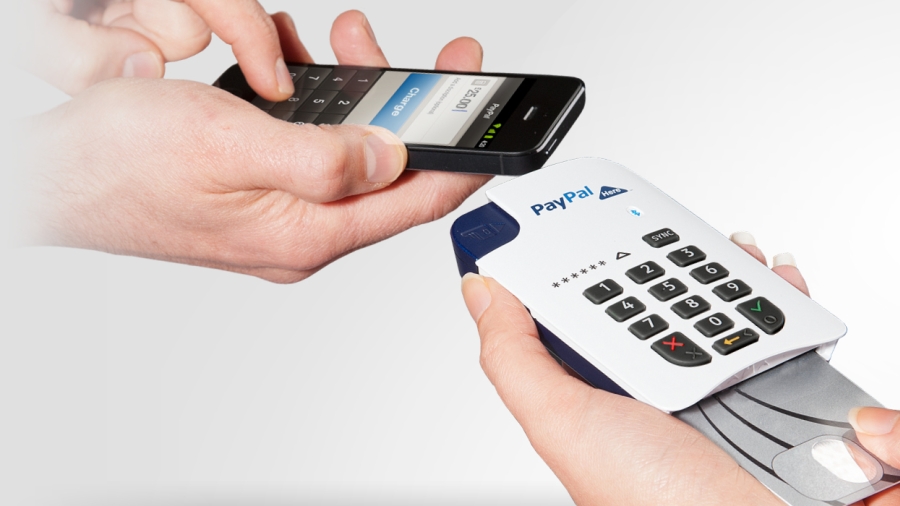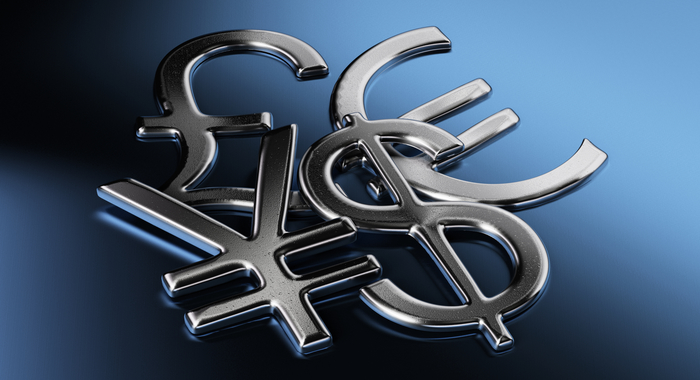Juniper predicts 2.1bn mobile wallet users in 2019
A new study from Juniper Research has found that nearly 2.1 billion consumers worldwide will use a mobile wallet to make a payment or send money in 2019, up by nearly 30% on the 1.6 billion recorded at the end of 2017.
The study claimed that while contactless card payments were far more prevalent than NFC mobile payments in many markets, leading wallets were seeking to redress the balance by enabling both online and offline options. Meanwhile, a number of wallets, including Orange in France, have augmented payments offerings with banking services in a bid to deliver a holistic financial portfolio for consumers.

The report, Mobile Wallets: Service Provider Analysis, Market Opportunities & Forecasts 2018-2022, also assessed the capabilities of, and prospects for, nearly 20 leading mobile wallets. It concluded that PayPal, which has begun offering contactless payments instore in the US, had the greatest opportunities to develop a converged wallet on a worldwide basis, closely followed by China’s Alipay.
Leading Global Mobile Wallet Providers, Juniper Leaderboard, 2018:
PayPal
Alipay
Weixin Pay/WeChat Pay
– juniperresearch.com –



